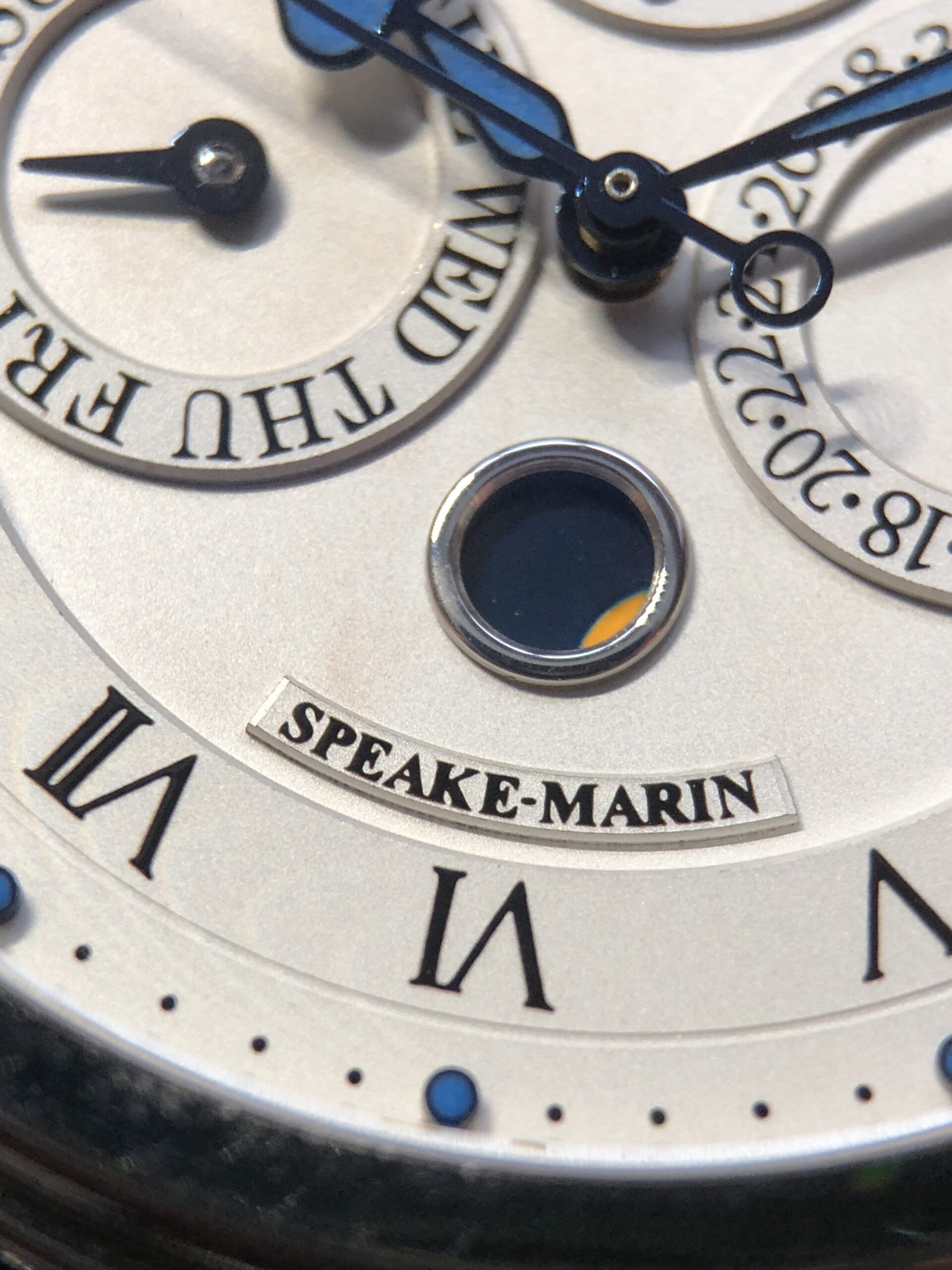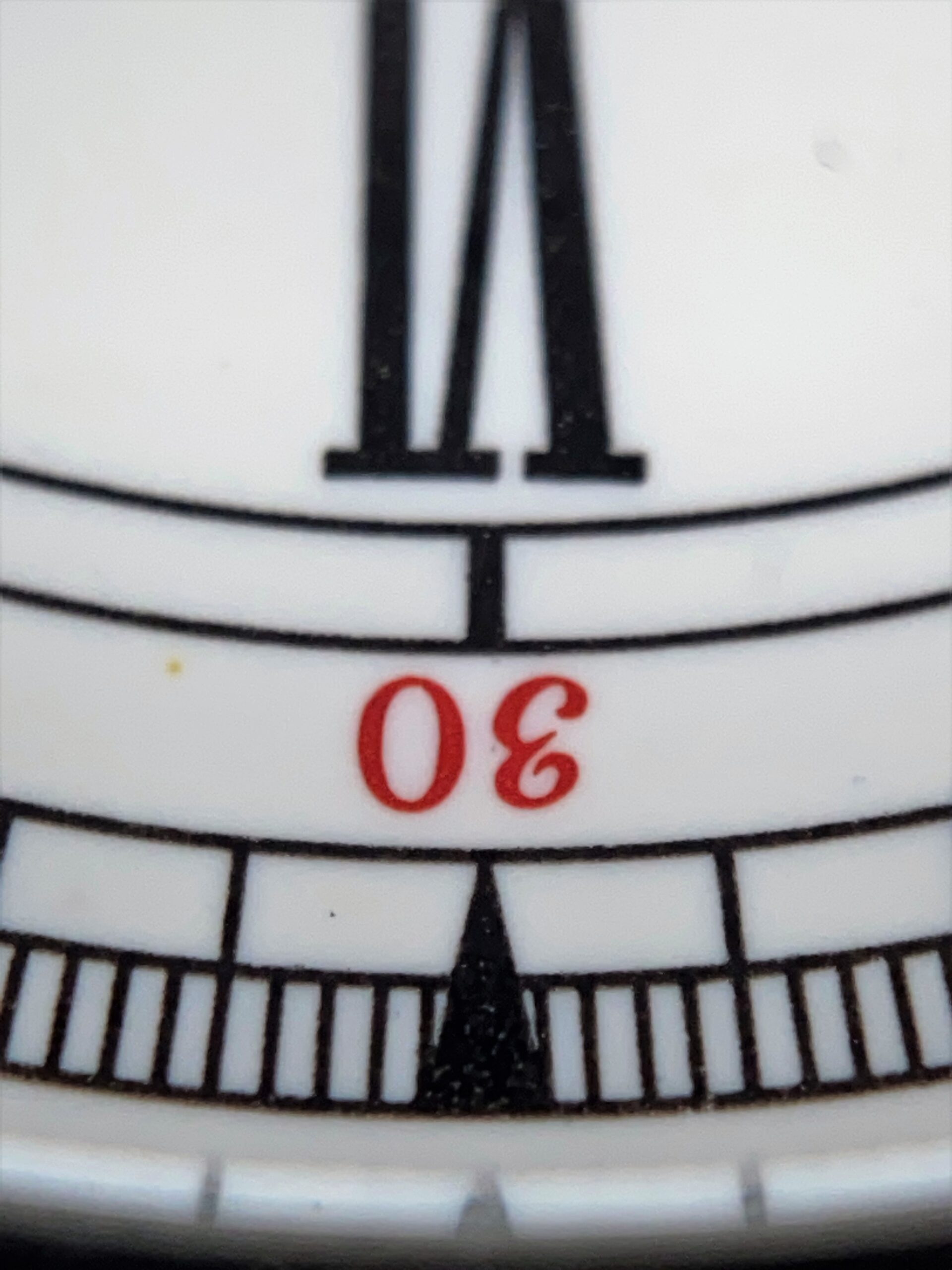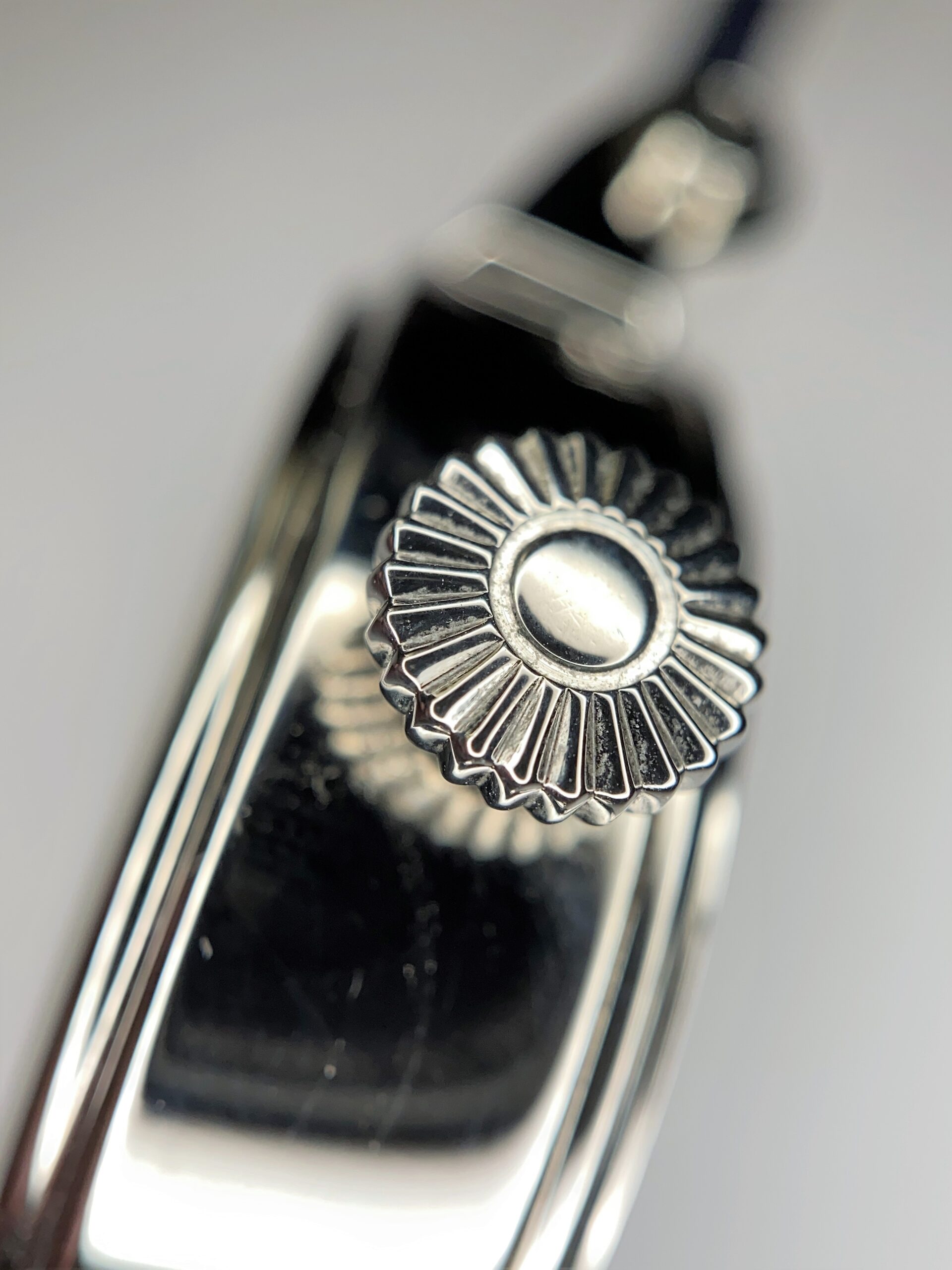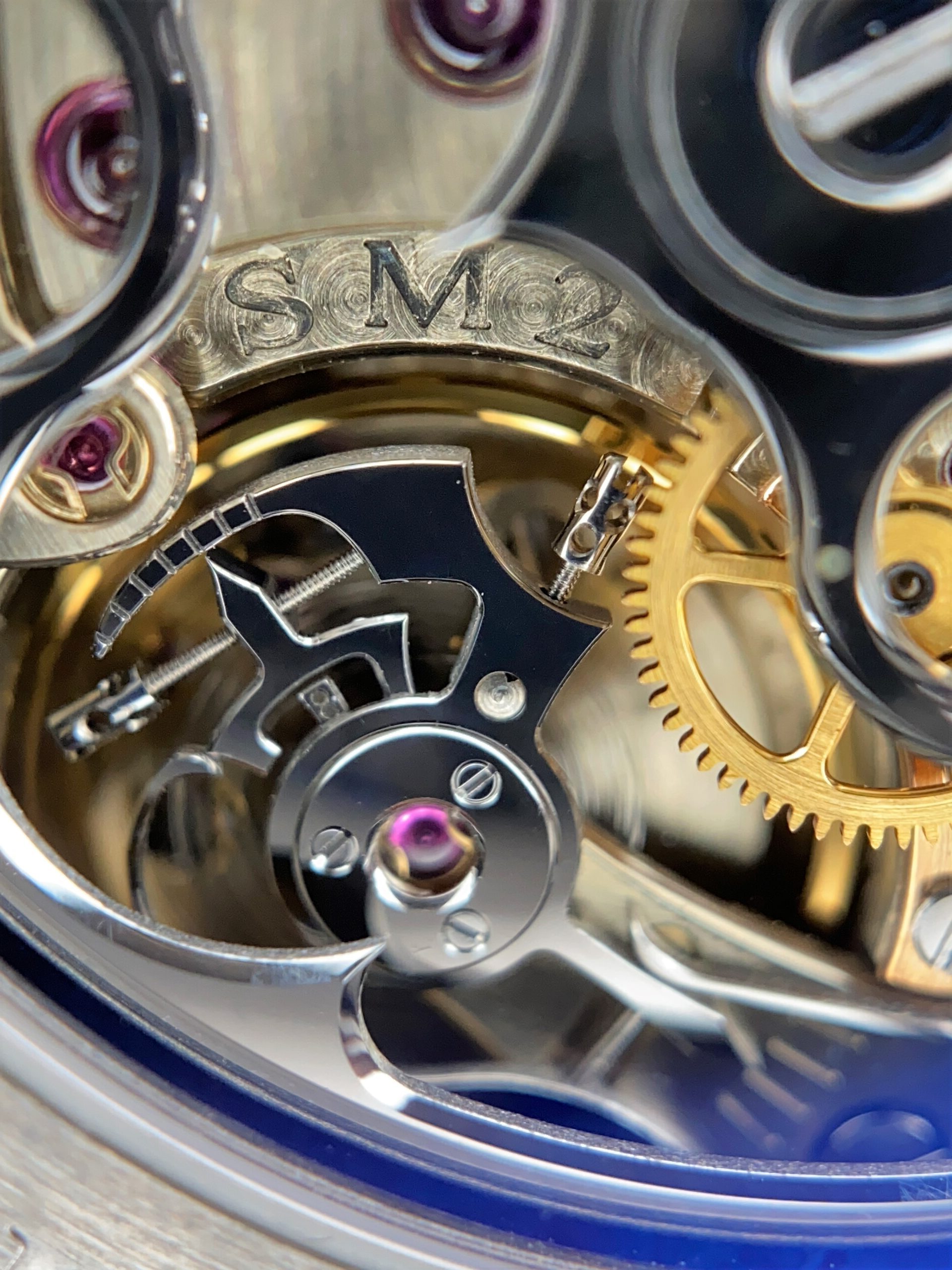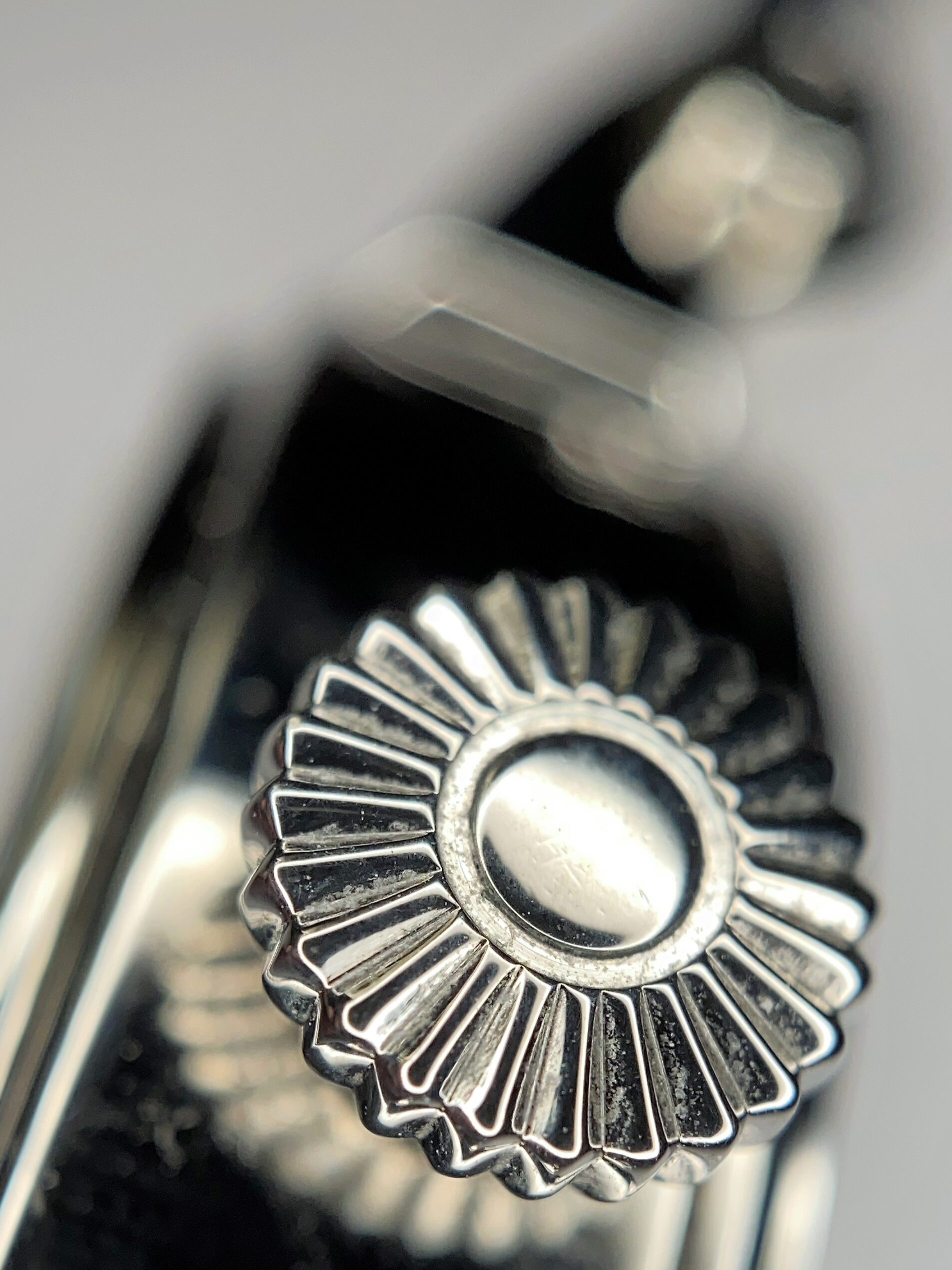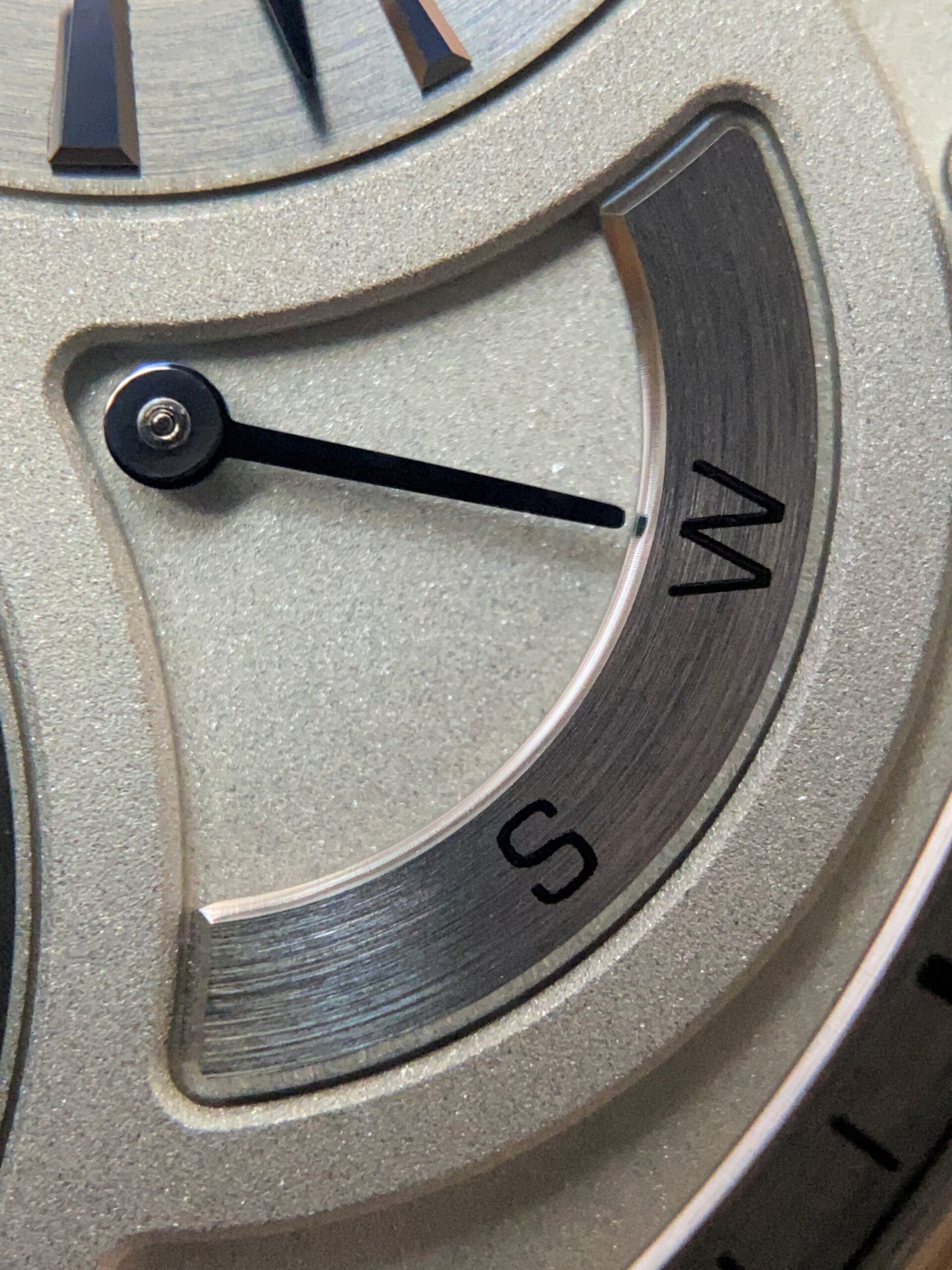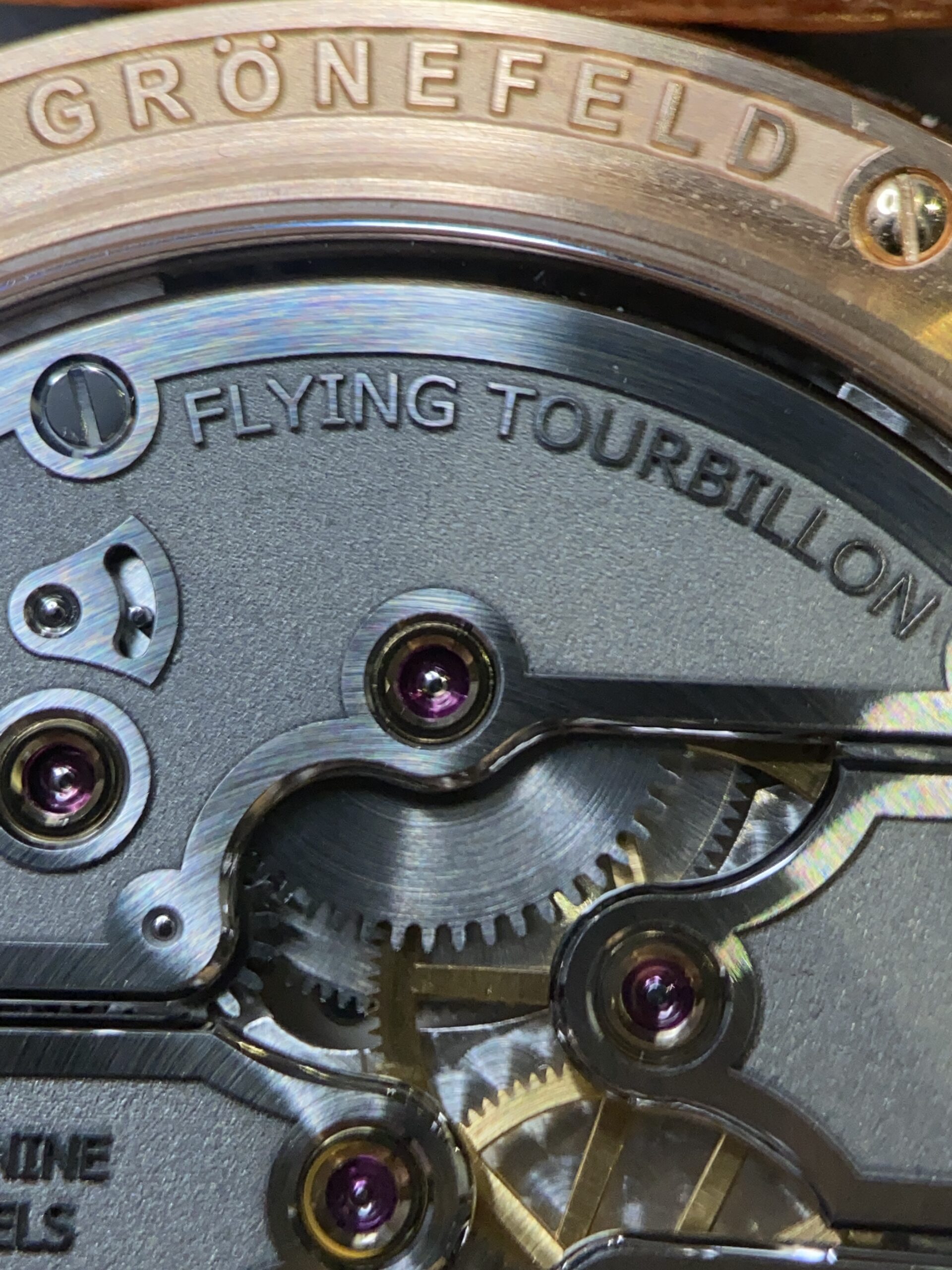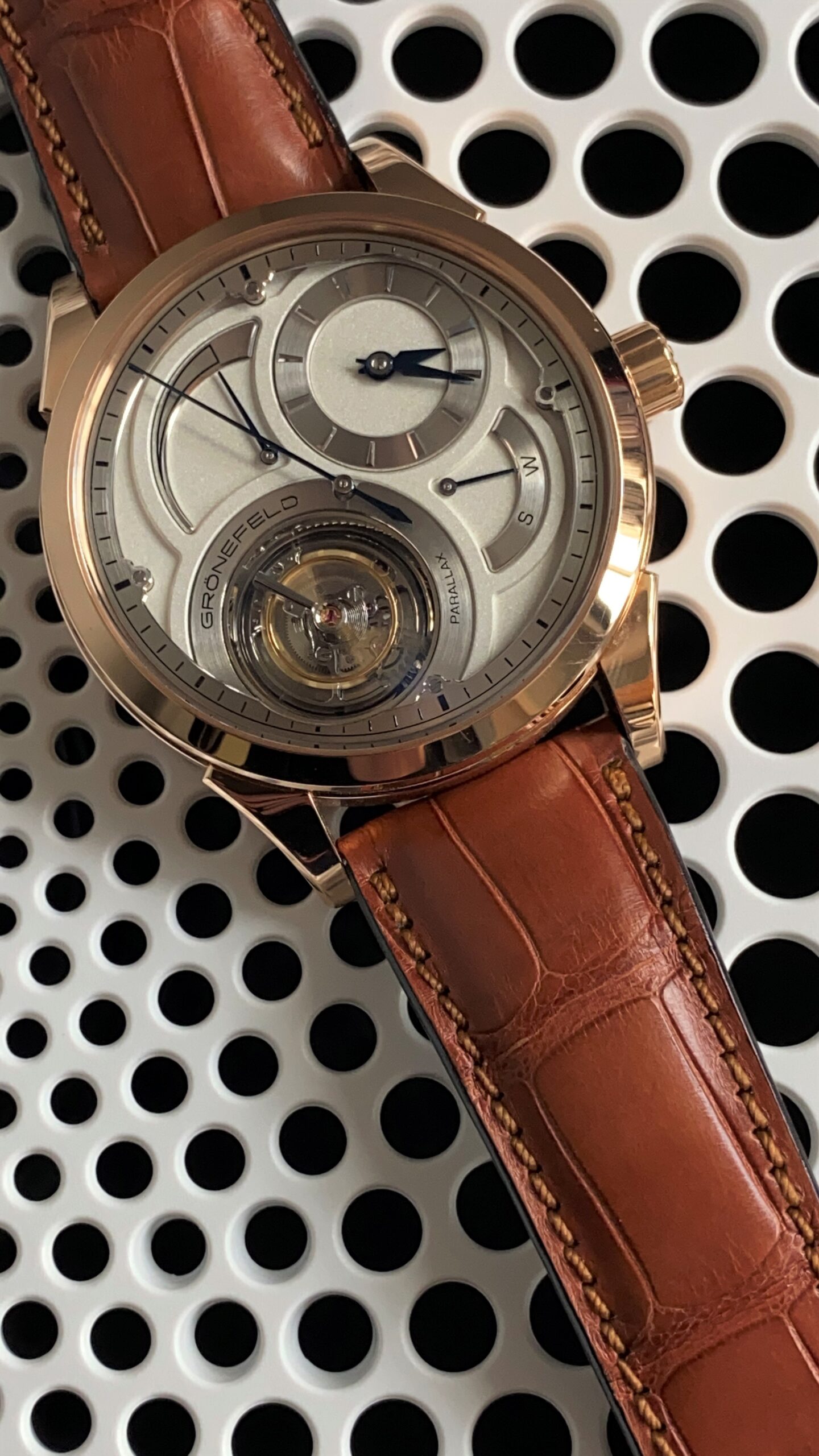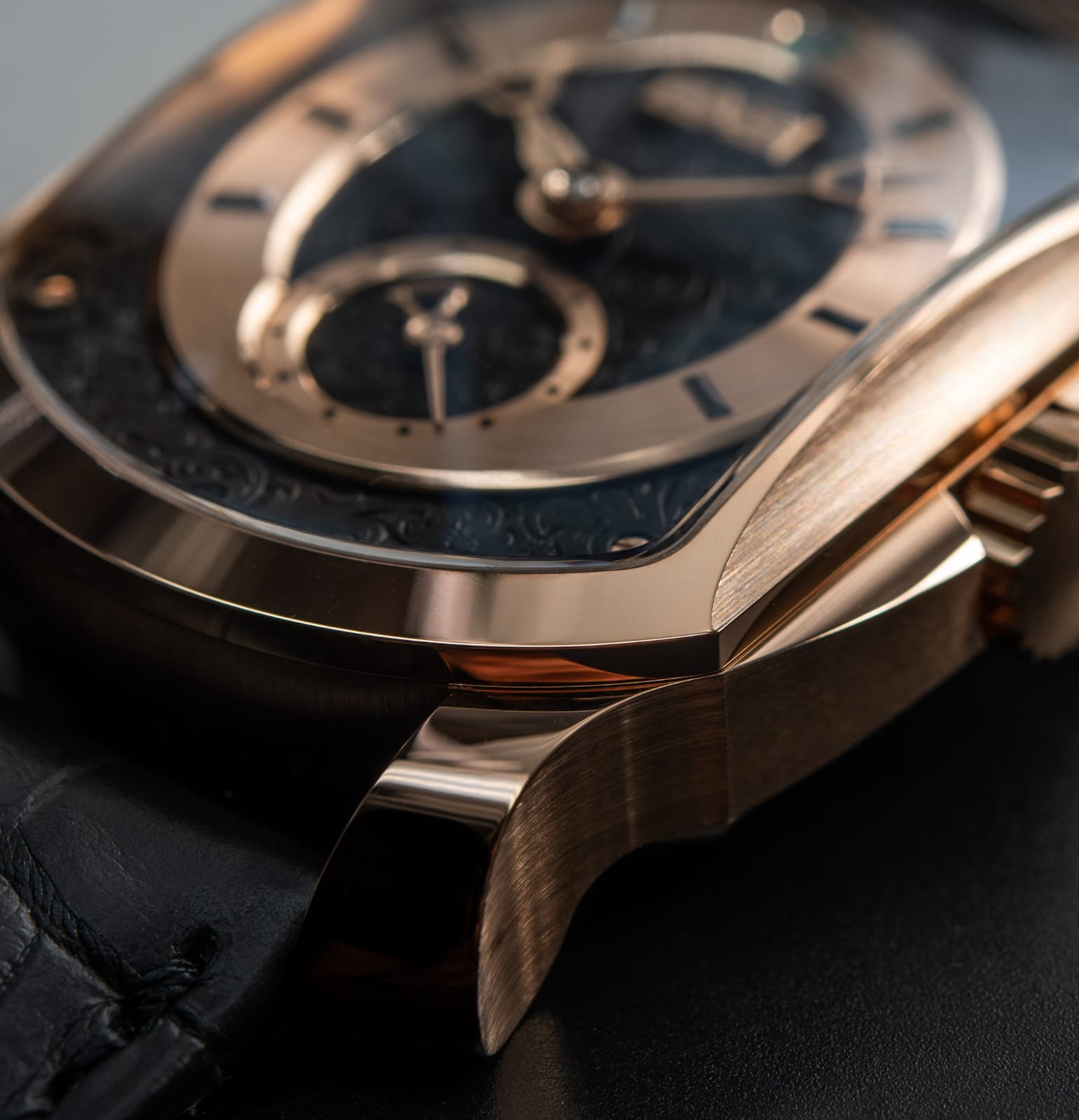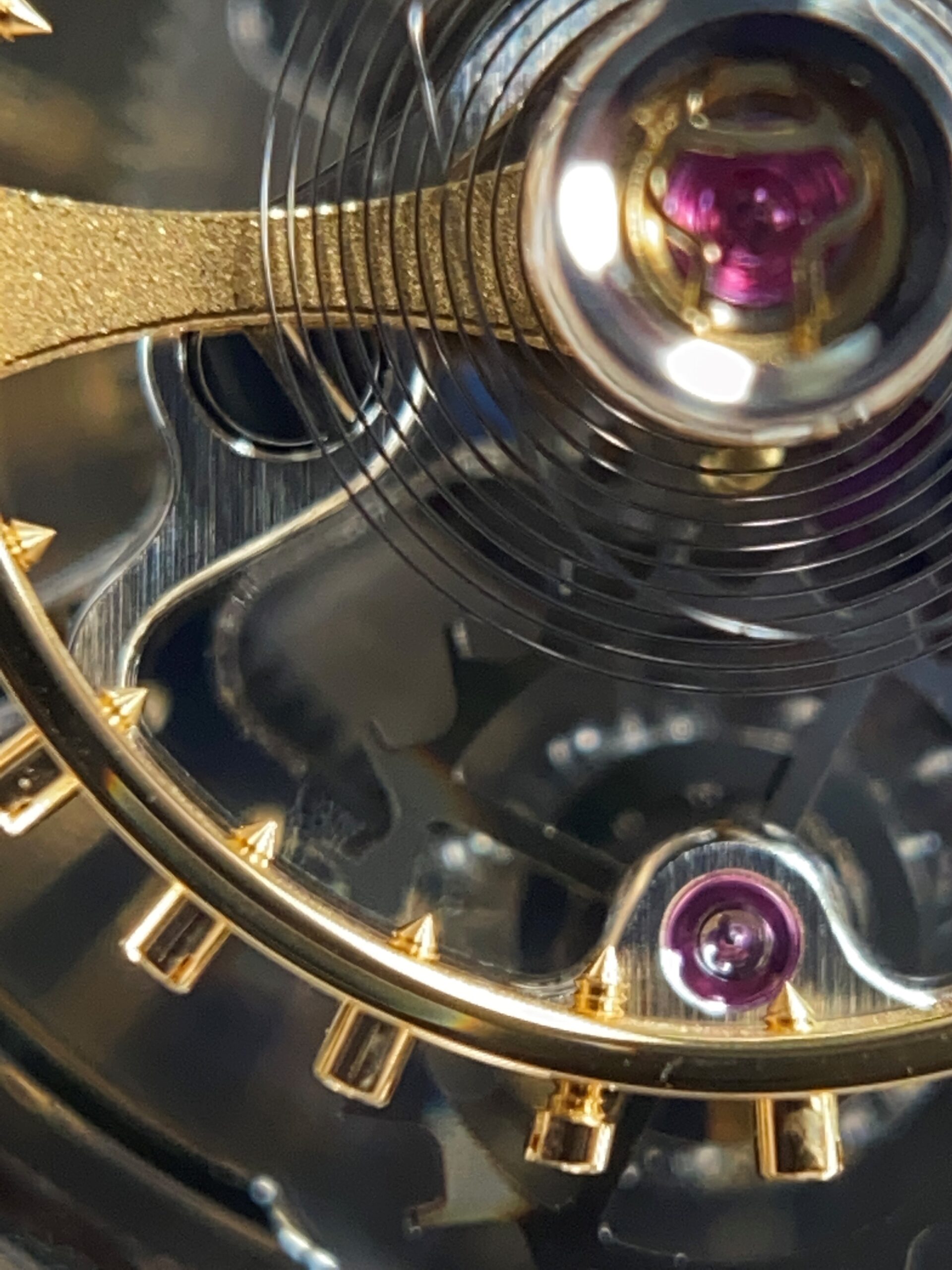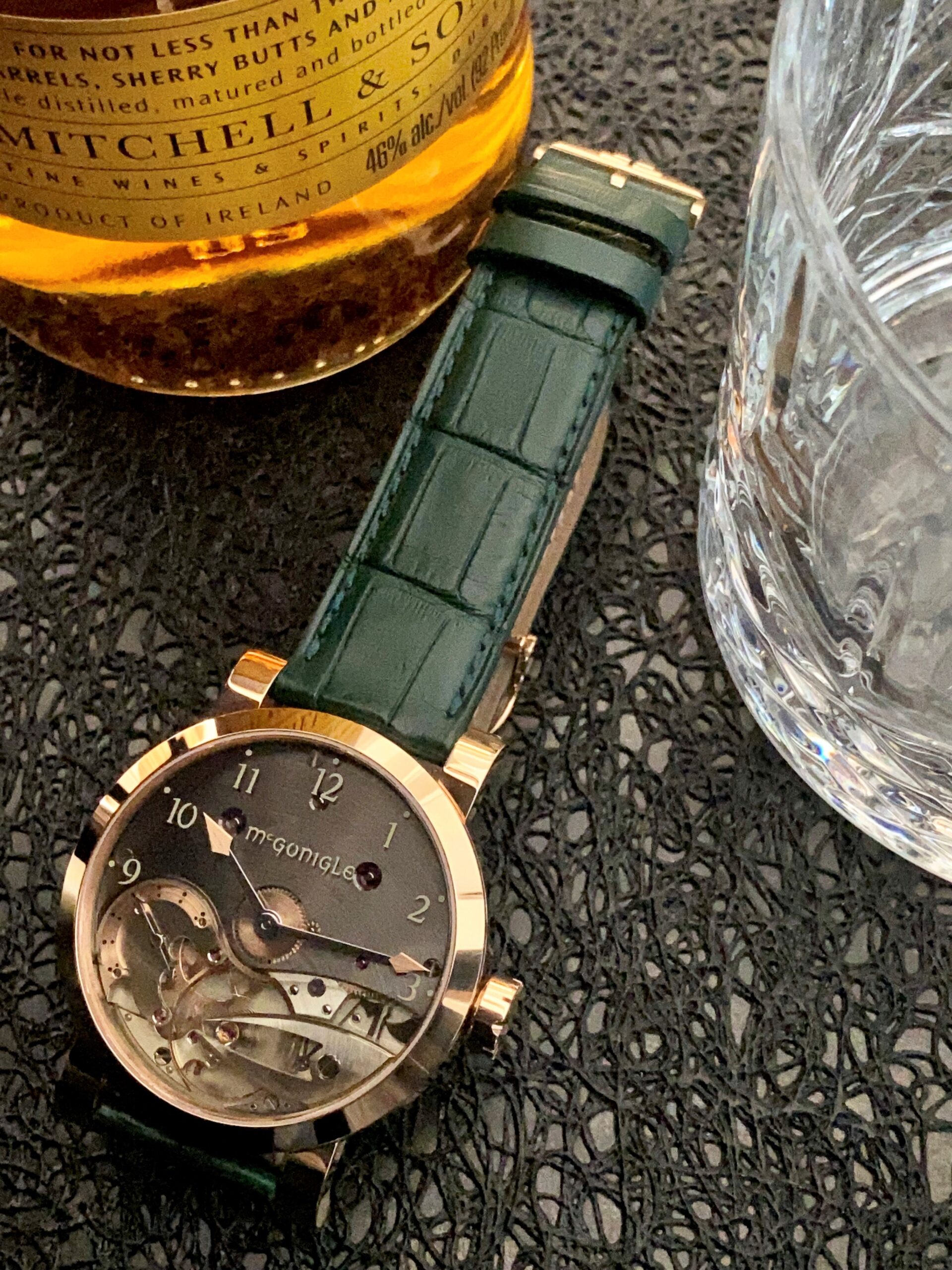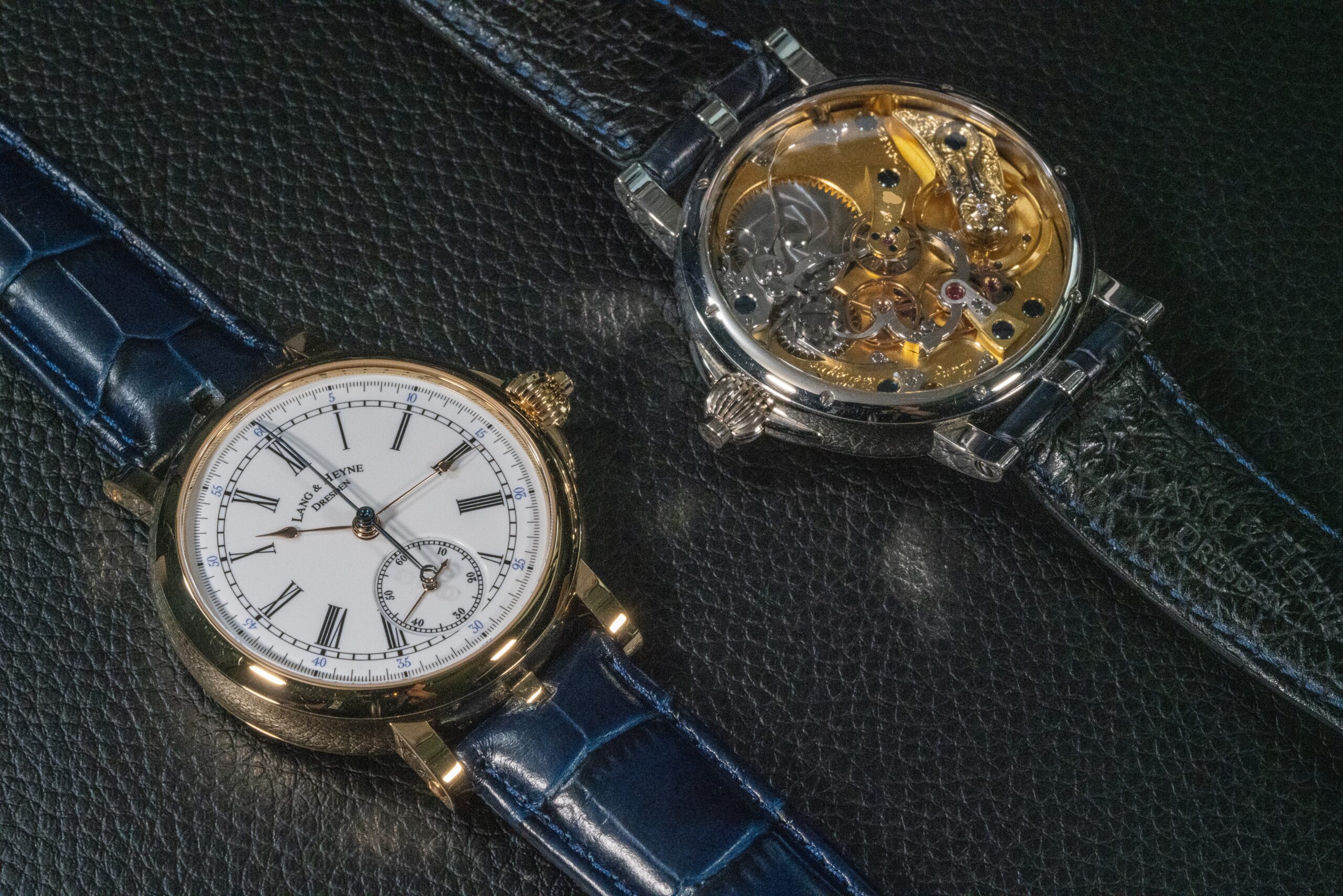Musing on Precision and Accuracy
Simon Winchester has authored a series of fascinating books on topics from the unimaginable (i.e. the eruption of Krakatoa) to the everyday (the creation of the Oxford English Dictionary). In each, he brings an informed, intelligent, and interesting view to the topic at hand.
In The Perfectionists: How Precision Engineers Created the Modern World we are exposed to the many aspects of the imagination, egos, and exploration that allowed humankind to advance it’s understanding and mastery over increasingly precise and accurate engineering inventions.

Winchester separates these two terms early in the book. On page 12 he says:
“In the following account, the words precision and accuracy will be employed almost but not quite interchangeably, as by common consent they mean just about the same thing, but not exactly the same thing—not precisely.”
This common interchangeable has a long history. Astraea, the celestial virgin, was the last Immortal to live with humans during the Golden Age. She is simultaneously referred to as the god of precision and accuracy. But precision is not a synonym for accuracy.
Winchester continues:
It is important that the distinction be explained, because to the true practitioners of precision in engineering, the difference between the two words is an important one.
If you describe something with great accuracy, you describe it as closely as you possibly can to what it is, to its true value. If you describe something with great precision, you do so in the greatest possible detail, even though that detail may not necessarily be the true value of the thing being described.
You can describe the constant ratio between the diameter and the circumference of a circle, pi, with a very great degree of precision, as, say, 3.14159265358979323846. Or pi can happily be expressed with accuracy to just seven decimal places as 3.1415927.
Without surprise, time and time measurement are reoccurring themes in this book and tell a unique side of the history of horology and its impact. (Though for a more horology focused and fascinating book read Revolution in Time by David Landes).

The distinction of precision and accuracy got me curious on my own collection.
Of course, my watches need to “run” well – let’s say +/-10s/d – but is that accurate enough, precise enough? And while it may be precise, does it allow for accuracy to the second at the least.
To be honest, I have not placed a very high value on precision or accuracy when making a buying decision. I am after all collecting mechanical watches and the best of the best have an variance of +/-10s/d. I can live comfortably being 10 seconds late for dinner. Likely even 10 minutes.
If I wanted the most accurate and precise time piece, a quartz watch is +/-1s/d. We all know that our phones (which are constantly adjusting itself) are as close to accuracy and precision as mere mortals can find.
None the less, I embarked on a project to see just how accurate and precise my collection is.
Experiential Methodology
The plan was to assign a value to the precision and a value to the accuracy with the highest combined score being the “best” watch.
Seemed simple.
I quickly ran into trouble.
To measure precision, one needs to be precise. My understanding of the Witschi Timeometer I planned to use is not at the level of a watch school graduate, and the environment not without impact to the results. Further, precision can be improved with a service so a watche could be made more precise. Thus this aspect became imprecise and inconsistent with no long term conclusions to be drawn.

For instance, I have three early Peter Speake-Marin pieces with the same base movement – the Marin 1 Mk1, Marin 1 Mk2, and Marin 2. Each also has several accuracy features like visible minutes, hour and second markers, and a hack second feature for easy setting and reading the time to the second.
These were amount the highest scoring “accuracy” pieces. Yet the precision ranged from -2.5s/d to +19.6s/d over 6 positions and 3 minutes of testing each. Two are now being serviced and will certainly improve upon their return.

Marin 1 MK 1

Marin 1 MK2

Marin 2
While the precision can change (for better or worse), accuracy not as much. To compare to the Marin 1, MK2’s great precision (-2.5s/d), the Akrivia Tourbillion AK05 achieved a +.6s/d (yes point six) variance but lacking a second hand and hack second feature it is much less accurate a time piece.

Final Thoughts
As I started the project, I came to understand a few things:
- Precision is more about how the watch “runs” and can be improved and will likely decline over time.
- Accuracy is about what the watch can tell you and is much harder to adjust or alter.
- One is not better than the other. (I love all my children/pieces equally.)
- To remain accurate you need precision. You need less precision if you are less worried about accuracy
- Highly accurate watches have more detail on the dial(s) and can be quite busy. Clean and easier to read watches tend to show less information – thus less accurate. Consider the difference between the Romain Gauthier HM, the Christiaan van der Klaauw Planetarium, and the MB&F Legacy Machine Perpetual.



The book remains fun and informative. The failure to result in an air tight experiment and “ranking” of my collection is fine. But I do look at each piece a bit differently than I did before and accept their unique intent and characteristics.
